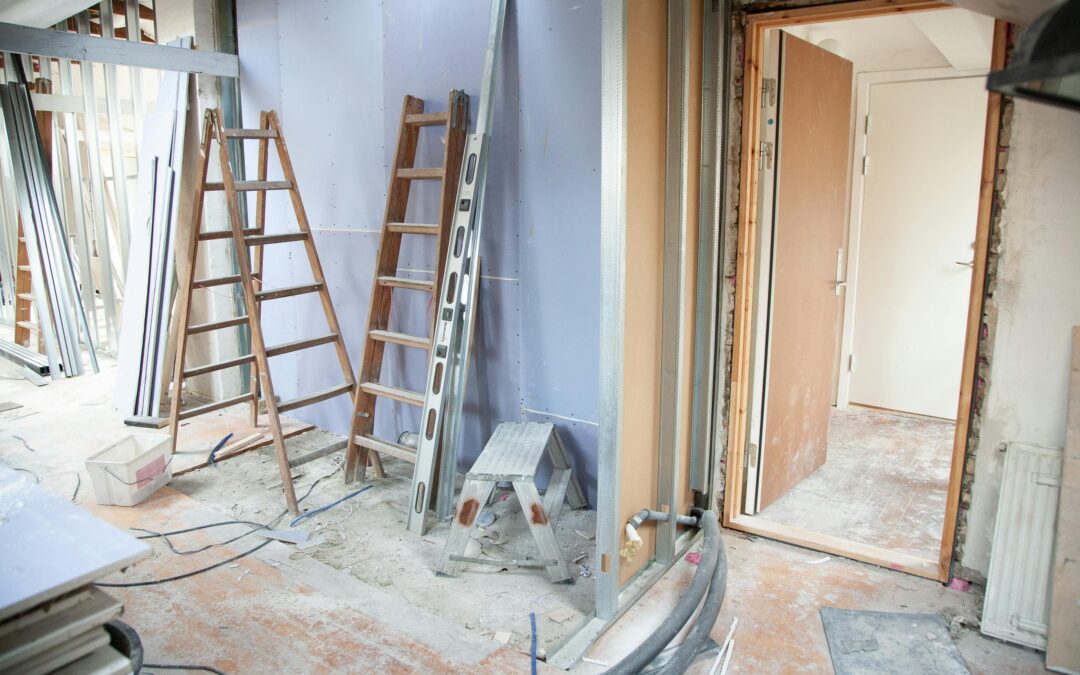Renovating your home can be an exciting and rewarding endeavour, especially when you’re focused on improving its value. However, not all renovations are created equal, and understanding which projects yield the best return on investment—and which might not—is crucial before committing your time and money.
One of the most impactful areas to focus on is the kitchen. Kitchens are often seen as the heart of the home, and a modern, functional kitchen can make a big impression on potential buyers. This doesn’t mean you need to invest in a complete overhaul. Sometimes, smaller updates like refacing cabinets, adding new hardware, replacing outdated appliances with energy-efficient models, or installing fresh countertops can dramatically improve the look and feel of the space. Quartz countertops, for example, are highly durable and appeal to many buyers because of their low maintenance and aesthetic appeal. Lighting also plays a huge role. Adding under-cabinet lighting or updating pendant fixtures over an island can create a more inviting and modern ambiance.
Bathrooms are another area that can significantly boost your home’s value. Buyers tend to pay attention to these spaces because they’re personal and used daily. A fresh coat of paint, new tiles, or replacing old fixtures with sleek, water-efficient ones can make a bathroom feel brand new without breaking the bank. If your budget allows, adding a second bathroom or converting a half-bath into a full one can provide a tremendous return in neighborhoods where homes with multiple bathrooms are highly sought after. Features like walk-in showers with glass doors or freestanding tubs add a touch of luxury and can make your home stand out in a competitive market.
Maximizing your home’s curb appeal is another renovation worth considering. The exterior is the first thing potential buyers see, and a well-maintained facade can create a positive impression before they even step inside. Replacing the front door with a modern, energy-efficient option or repainting the exterior in neutral, inviting colors can freshen up the look. Landscaping is equally important. You don’t have to go overboard, but well-trimmed hedges, a clean walkway, and some pops of color with flowers or shrubs can make a world of difference. Adding outdoor lighting to illuminate pathways or highlight architectural features can make your home look more inviting and secure.
Beyond aesthetics, functionality and energy efficiency are becoming increasingly important to homeowners and buyers alike. Installing new windows with better insulation, adding solar panels, or upgrading to a smart thermostat can reduce utility bills and appeal to eco-conscious buyers. These upgrades may also come with government incentives or rebates, which can offset some of the initial costs. Insulation improvements, especially in older homes, can make a significant difference in comfort and heating or cooling expenses, and they’re often invisible but highly valuable investments.
While some renovations add value, others might not provide the return you’re hoping for or could even detract from your home’s appeal. For instance, highly personalized upgrades—like converting a bedroom into a home gym with permanent fixtures—might make sense for your lifestyle but could alienate potential buyers who value bedroom space. Similarly, adding overly niche features, such as a wine cellar or a home theater, might not appeal to the broader market. These additions can be expensive and often only cater to specific buyer demographics, which means they’re unlikely to provide a significant return on investment.
Another potential pitfall is over-improving for your neighborhood. It’s important to keep your home’s value aligned with comparable properties in your area. Adding luxury features like a swimming pool or extensive landscaping might seem appealing, but if your home becomes the most expensive on the block, it may be harder to recoup those costs when it’s time to sell. Pools, in particular, can be a mixed bag. While they’re attractive to some buyers, they can be seen as high-maintenance and costly by others, especially in regions where the climate doesn’t allow for year-round use.
It’s also wise to approach trendy renovations with caution. While bold colors or unique design elements may appeal to your personal taste, they can quickly become dated. Trends in design change rapidly, and what’s in vogue today may look outdated in a few years. Neutral tones, classic materials, and timeless design choices are generally safer bets, as they have broader appeal and stay in style longer.
Finally, cutting corners during renovations can be one of the biggest mistakes a homeowner makes. Poor-quality materials, DIY efforts that don’t meet professional standards, or neglecting necessary permits can lead to long-term problems that outweigh any initial savings. Buyers are more informed than ever and will notice shoddy work during inspections. Investing in high-quality craftsmanship and ensuring all work is up to code is essential, not just for adding value but for avoiding potential legal or safety issues.
The key to a successful renovation is balancing your personal preferences with the needs and expectations of potential buyers. Focus on upgrades that enhance functionality, improve energy efficiency, and create spaces that feel fresh and welcoming. Avoid overly specific or extravagant changes that may not resonate with a broad audience. By prioritizing the right projects, you can enjoy your home more today while also setting yourself up for a profitable sale in the future.
